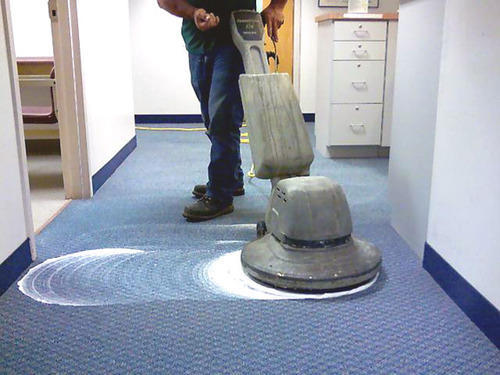
Cleaning a fabric sofa can be a daunting process but by following this easy guide you will be able to easily remove stains and conduct regular steam cleans, extending the life of your sofa and breathing life into your home.
How to remove stains from your sofa?
Stains are a sofa owners’ worst nightmare and failing to tackle them quickly could lead to permanent damage being done.
Luckily there is a proven way to clean stains from a fabric sofa and in almost all situations, you will be able to completely eliminate all evidence of a stain with early action.
Cleaning Codes
Not all sofas are the same, and the first thing that you should do before attempting to remove a stain is to check the sofa tags for cleaning codes.
Cleaning codes are there to tell you what cleaning products can be applied to the sofa without doing damage to the natural fibres.
The cleaning codes found on most common fabric sofas are as follows:
W – “Water based Cleaner” – Only cleaning solutions with water as the main component should be used to clean the upholstery.
S/W – “Solvents and water-based cleaners” – Both water based cleaners and solvents can be used to clean the upholstery.
S – “Solvents” – Only cleaning solutions with a cleaning chemical as the main component should be used to clean the upholstery.
Once you have identified what type of cleaning products can be used on your sofa it is time to begin the stain removal process.
1. Brushing
Before applying any cleaning solution to the affected area, you should use a stiff brush with natural bristles to remove crumbs and debris, bring dirt to the surface, and loosen stains.
2. Vacuuming
To ensure that you have removed all loose particles from your sofa go over your sofa with a vacuum cleaner, using the brush attachment so you do not damage the fibres of your sofa.
3. Baking Soda
The household item with a multitude of different uses, baking soda is a fantastic natural stain remover.
By combining baking soda with water, you can create a homemade stain remover that will remove all the signs of all but the toughest stains.
Once you have applied the solution to your stain, leave it for around 20 minutes before vacuuming away the remnants.
4. Dry with a soft towel
If any area of your sofa is damp after applying a cleaning solution, use a dry cloth to soak up the residual.
You should never rub at a stain or wet spot on your sofa as this will make the problem 10 times worse, so patting down is the way to go.
If you have a lightly coloured sofa, it is worth using a white cloth to avoid leaving any dark patches or discolouration.
5. Dry overnight
Once you have followed all these steps it is time to step back, relax and let your sofa dry overnight.
If all goes to plan you should wake up the next day to a fresh stain and odour free sofa.
6. Use a professional
Home sofa cleaning has its limitations and some of the toughest stains can only be removed by a professional upholstery cleaning company.
The sooner you contact a professional the better and a stain will only become more embedded and harder to eradicate over time.
How to use a sofa steam cleaner
Steam cleaning is one of the best methods to ensure a thorough job is done of cleaning deep within the fibres of your sofa.
Before you begin, however, it is important to check the manufacturer’s recommendations on the sofa itself to ensure that it is safe to steam clean.
You should always test spot an area before applying full steam power to your sofa to avoid accidental damage.
Once you have completed these steps it is time to start steaming.
When steam cleaning a sofa, you should:
- Vacuum and brush beforehand to remove surface layer loose particles
- Keep the room well ventilated by opening windows to prevent moisture build up that could result in mould growth or any other residue.
- Sport test a very small hidden area of fabric – Inside the skirt is a good spot as if something does do wrong the damage will not be visible.
- Let the sofa air dry and do not attempt to sit on it whilst still wet. It is best to leave the sofa overnight if possible.
- Vacuum the sofa again to clear any dirt that was loosened by the steam cleaning process.
Contact Acorn Carpet Cleaning
If you are struggling to remove stains using home cleaning methods or are concerned about damaging your new sofa, a professional sofa cleaning Glasgow service may be the best way forward.
For more information on any of our professional upholstery services or to arrange a deep clean of your fabric sofa today contact us today by phone on 0141 212 0212, or via email at info@acorncarpetcleaning.co.uk



